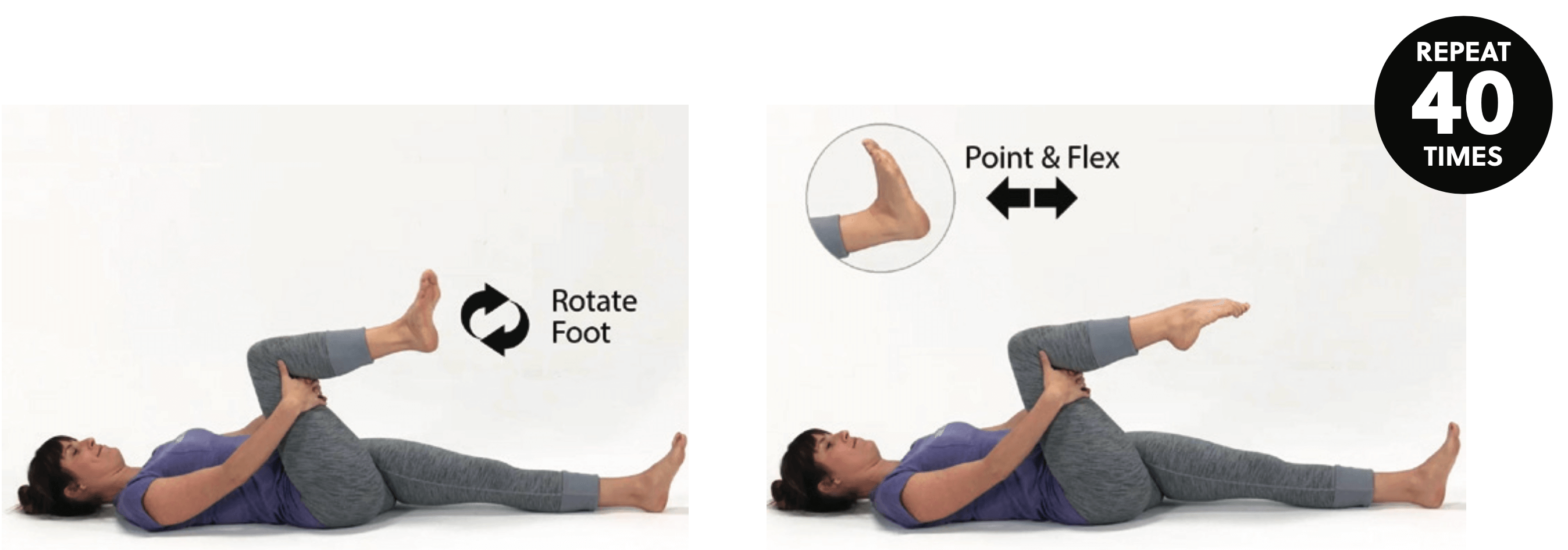Foot Pain
Pain-Free Feet Require Proper Alignment
We have a love-hate relationship with our feet. We alternately abuse and pamper them, ignoring and then fussing over them with everything from pedicures to Air Jordans. No other body part generates anything close to the billions we spend to keep our feet comfortable and looking good. At the same time that we are treating them like royalty, we expect our feet to toil like peasants and never complain.
And when our hard-working feet do break their code of silence with pain, we subject them to another huge industry dedicated to muffling but not solving their cries for help with moleskin, orthotics, special footwear, massage, surgery, and a host of other measures.
Even though they seem delicately made, feet are not fragile. They may lack heft given their job to keep us moving, but they have an ingenious design built upon the simple arch.
Arches, as any architect can tell you, have tremendous strength and flexibility. The arches of the foot support the entire weight of the body and simultaneously allow it to stay upright as it moves across varied terrain while balancing an uneven load as it shifts. To do this smoothly, the arches have to 1) retain their shape and 2) flex and function properly under the stress. Most foot pain is a symptom of an absence of one or both of these requirements.
What do common ailments such as fallen arches, plantar fasciitis, and weak ankles have in common? They can result from your posture being out of alignment at any or all of the eight load joints—the two ankles, two knees, two hips, and two shoulders. Once correct posture is restored, the feet will no longer be asked to overwork, and the pain will subside.
Supine Foot Circles & Point/Flexes

INSTRUCTIONS
1. Lie on your back with one leg extended and the other leg bent and pulled up toward your chest.
2. Clasp your hands behind the bent knee
3. Keep the foot on the floor pointed straight up toward the ceiling and your thigh muscles relaxed.
4. Circle the lifted foot one way for the indicated number or repetitions, then reverse direction for the same number of reps.
*Make sure the knee stays absolutely still with movement coming from the ankle and not the knee.
5. For the point/flexes, bring the toes back toward the shin to flex, then reverse the direction to point the foot forward for the indicated number of reps.
6. Switch legs and repeat.
NOTES
Make sure your down leg’s foot is pointing to the ceiling.
FUN FACT
This promotes proper function of the lower leg muscles and encourages stabilization of the hip joint on the same leg.


 Ankle Pain
Ankle Pain Elbow Pain
Elbow Pain Foot Pain
Foot Pain Hip Pain
Hip Pain Knee Pain
Knee Pain Lower Back Pain
Lower Back Pain Neck Pain
Neck Pain Shoulder Pain
Shoulder Pain Upper Back Pain
Upper Back Pain Hand Pain
Hand Pain Wrist Pain
Wrist Pain